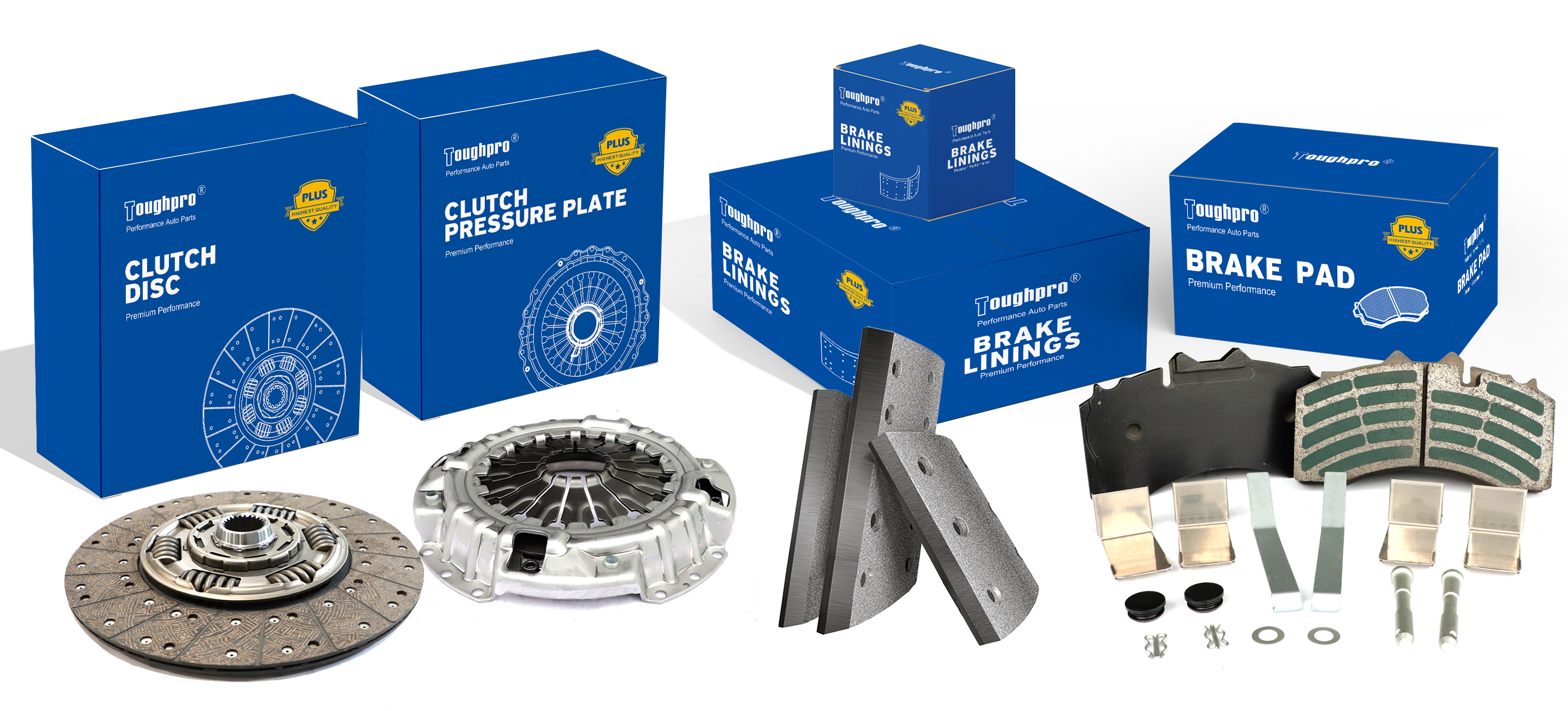The size of the coefficient of braking friction is an important parameter to measure the braking performance of a vehicle. The source of the coefficient of braking friction is the material properties of the brake pads. Due to the normal driving of the car, the initial speed of the brake and the brake hydraulic pressure are changed each time, resulting in a difference in the friction coefficient of each brake. Combined with the principle of braking friction, this thesis focuses on analyzing the influence of these factors on the braking friction coefficient from four aspects: temperature, material properties, braking pressure, and initial braking speed.
The braking process of the car is actually the process of contact between the friction pad and the brake disc. Heat energy is generated through the direct contact friction between the brake pad and the brake disc, thereby converting the kinetic energy that needs to be consumed in the braking of the car. The most important point in the braking process is the size of the braking friction coefficient, which will affect the braking performance if the friction coefficient is too high or too low. GB 5763-2008 stipulates that the friction coefficient of disc brakes rises to 350 ℃ with temperature, and the friction system temperature is between 0.25 and 0.70. At present, the commonly used friction coefficient on the market is in accordance with the EF code in SAE J8662012, that is, the normal friction coefficient: 0.25<u<0.35, and the thermal friction coefficient: 0.35<u<0.45.
Post time: Jul-23-2022

